Spectacles are the oldest and the most widely prescribed aid for the correction of refractive error. One, however, needs to turn to contact lenses when full correction in both eyes cannot be worn as in spectacle form, as for example with high anisometropia. They are also beneficial in cases of high ametropia.
Cosmetic contact lenses enable a change of eye colour and are used by fashion-conscious youngsters. Specialist contact lenses, such as reverse geometry rigid lenses, scleral and semi-scleral lenses, and hybrid lenses play designated roles, for example in orthokeratology and therapeutics.
Both spectacles and contact lenses can be used in a modified form, as I hope to make clear from the following cases.
Case 1
Rabia, 35, female, is an artist, and requires a simple myopic correction, but is not satisfied with the fit of her newly-dispensed pair of spectacles (figure 1). The right side of the frame tilts down when the side arms are made to rest properly on the two ears, and this results in poor cosmesis.
Fitting of the frame is perfect, but examination of the facial contours of the patient reveal that the right ear is inferiorly placed. Telling the patient about this anatomical disparity is not easy, but there is no alternative, and, as the patient refuses to opt for contact lenses, adjustment in frame is achieved by reducing the angle of the side with the front of the frame (figures 2a and 2b showing the same frame in open and closed conditions).
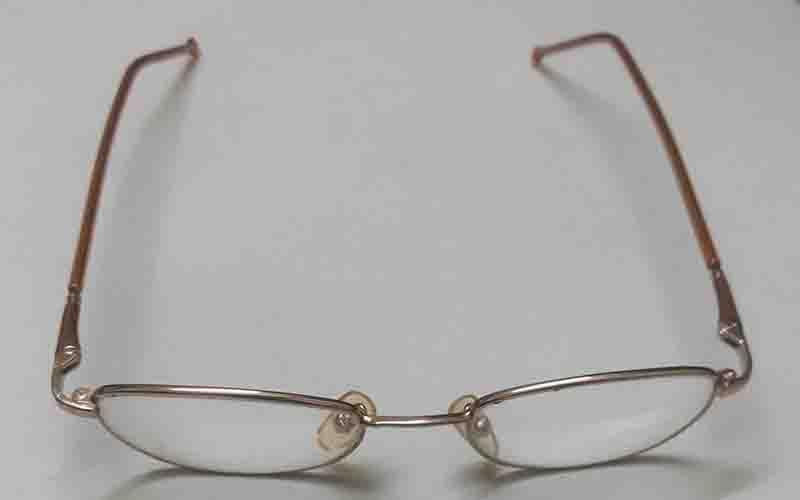
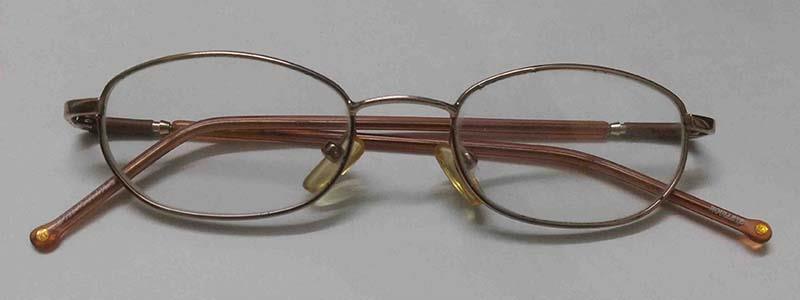
Figure 2: Adjusted frame in open (a) and closed (b) positions
Case 2
Vimal, 28, male, having suffered from adherent leucoma in childhood in left eye, presents with 6/6- vision and a distorted pupil (figure 3).
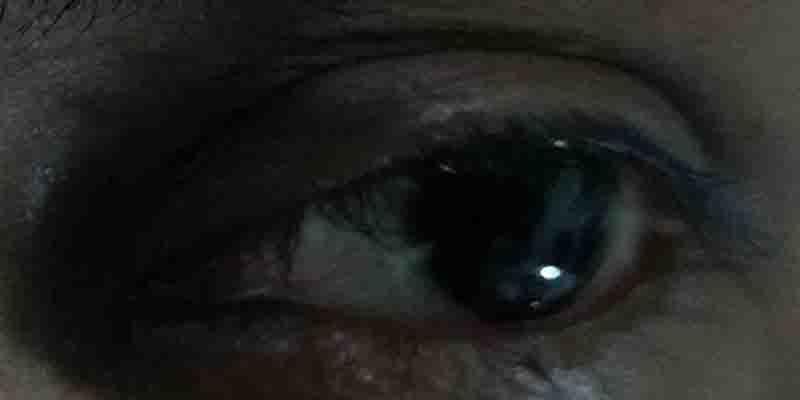
Figure 3: Distorted pupil
As he is going to be married soon, he opts for a coloured contact lens so that the distorted pupil will not show up in photographs. A Cantor & Silver Hydrofit 74, Brown 6 / 8.80 14.50, plano cosmetic contact lens with clear pupil is fitted that provides the desired effect (figure 4).
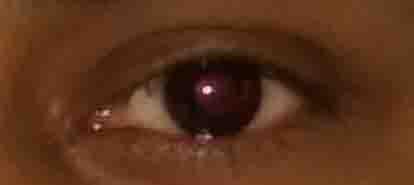
Case 3
Alimuddin, 37, male, suffers from congenital absence of left eye, and is advised to go in for the spectacle-eye-prosthesis (figure 5), but he is unable to bear the prohibitive cost. He instead demands spectacles with tinted lenses and his myopic astigmatic correction (R; -1.50 DS / -0.50 DC x 90. L; plano). Essilor Kromos lenses with ET38 tint were dispensed.
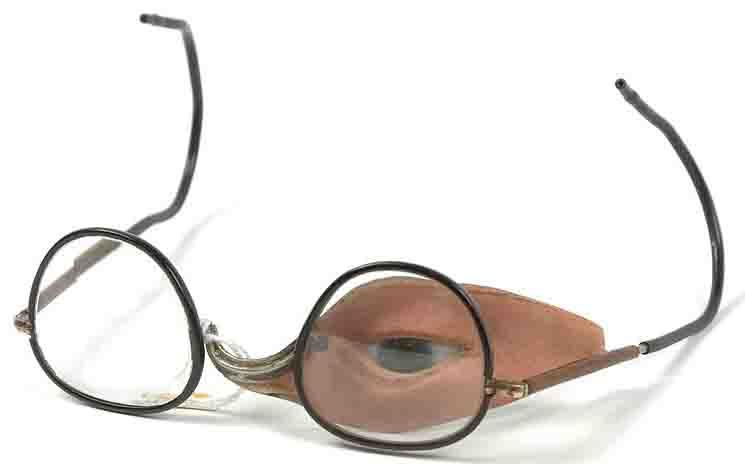
Figure 5: Spectacle eye prosthesis example
With the spectacle frame on his face, there was a need to reduce the length of the left side by 8mm to cater for the abnormal anatomical placement of his left ear. The necessary modification was done by decreasing the length of the left side (figure 6).
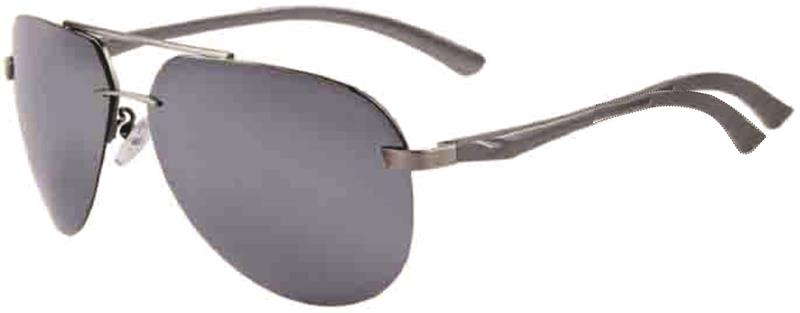
Figure 6: Simulation showing reduction of left length of side
Optometrists, everywhere, try to provide maximum, comfortable vision by way of good-looking, quality eyewear… but a little extra care in some cases may well make all the difference to bring cheer to the patients and self-satisfaction to the practitioners.
Dr Narendra Kumar is a refractionist at Sir Ganga Ram Hospital in New Delhi, India and holds the qualifications of Diploma in Optometry, Degree in Ayurvedic Medicine, and Post Graduate Certificate in Rehabilitation.
